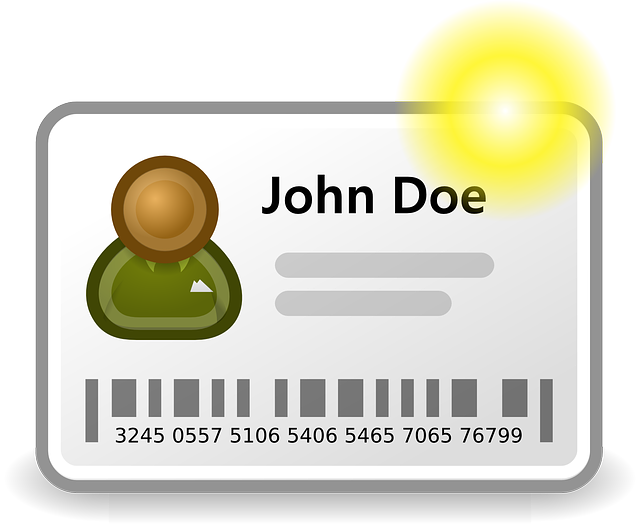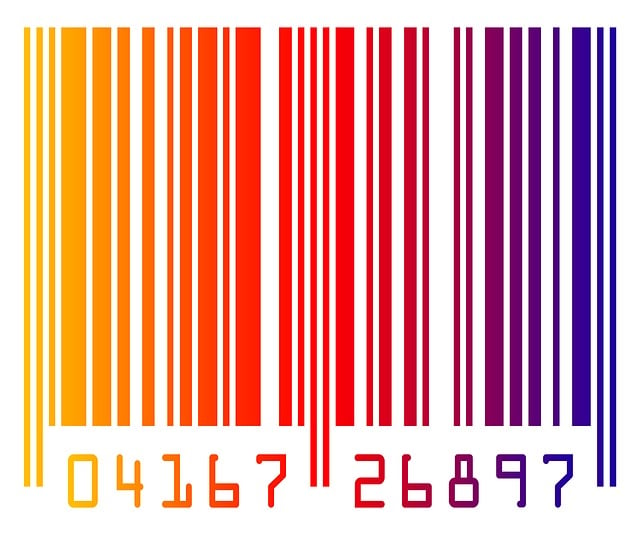The Vehicle Identification Number (VIN) is a 17-character code unique to each car, serving as a comprehensive history report. Decoding this allows buyers to access details about manufacturer, ownership history, repairs, and insurance claims. When purchasing a used car, locating the VIN is crucial for thorough checks. Software parses VIN data, revealing past ownership, service records, and potential hidden damage reports, empowering buyers with factual insights to make informed decisions. This text explores technology's impact on society, highlighting benefits like enhanced connectivity while addressing challenges such as privacy concerns and the digital divide. It also underscores the importance of considering salvage titles—vehicles with substantial prior damage—to avoid unexpected issues.
When shopping for a used vehicle, understanding the Vehicle Identification Number (VIN) is crucial. This seemingly mundane code, often hidden under the hood or on the dashboard, holds extensive car history, from original manufacturing details to insurance claims and prior ownerships. In 2024, navigating this complexity has become easier thanks to VIN parsing software, which deciphers these codes with precision. By learning where to find your car’s VIN and utilizing available tools for online checks, savvy buyers can avoid surprises like discovering a salvage title on a seemingly pristine vehicle.
- Understanding VIN: Your Car's Identified Secret
- Locating VIN: Under the Hood or on Dashboard?
- VIN Decoding: Unveiling Car History
- VIN Parsing Software: The New Deciphering Tool
- Salvage Titles: The Hidden Risk in Used Cars
- Online VIN Check: A Lifesaver for Car Buyers
Understanding VIN: Your Car's Identified Secret

Every vehicle has a unique identifier, known as a Vehicle Identification Number (VIN), that acts like a fingerprint for cars. This 17-character code is more than just a random string of numbers and letters; it’s a treasure trove of information about your car’s history. From the original manufacturer to any subsequent owners, repairs, and even insurance claims, the VIN tells a story. It’s crucial for buyers to understand that this number isn’t just hidden away; it holds secrets that can impact their purchasing decisions. By knowing where to find it and how to decode its meaning, potential car owners can conduct thorough checks, ensuring they’re making informed choices.
Locating VIN: Under the Hood or on Dashboard?

When searching for a used car, one of the most fundamental questions arises: “Where do I find my vehicle’s VIN?” This query might seem straightforward, but its answer holds significant importance for buyers. The Vehicle Identification Number (VIN) is often hidden, either beneath the hood or on the dashboard. However, understanding where to locate it is crucial for a comprehensive check of a car’s history.
Under the hood, you’ll typically find the VIN engraved on a metal plate, while it might be stamped on the dashboard or door frame. This unique code reveals details about the vehicle’s original manufacturer, model, production year, and more. With modern technology, VIN parsing software has made it easier to decode this information, ensuring buyers can access a car’s complete history, including any previous owners, repairs, or insurance claims.
VIN Decoding: Unveiling Car History

VIN decoding is more than just finding a vehicle’s unique identifier; it’s unlocking a digital ledger detailing its entire life history. Each character in a VIN reveals specific information, such as the year, make, model, and even factory origin. This hidden code acts as a time capsule, capturing data on everything from routine maintenance to significant incidents like accidents or insurance claims. By utilizing advanced VIN parsing software, car buyers can gain unprecedented insight into their potential new purchase. They can uncover past ownership details, service records, and hidden damage reports that might otherwise remain concealed, ensuring they make informed decisions based on factual vehicle history rather than relying on hearsay.
VIN Parsing Software: The New Deciphering Tool

Salvage Titles: The Hidden Risk in Used Cars

Many buyers focus on the physical condition and features of a used car, but one crucial aspect often overlooked is the vehicle’s history—particularly whether it has ever been titled as salvage. A salvage title indicates that the car has sustained significant damage in the past, rendering it unsafe or unsellable in its original state. This doesn’t necessarily mean the vehicle is beyond repair; however, buyers without thorough knowledge might miss red flags and end up with a costly surprise.
When a used car has a salvage title, it’s because it was involved in an accident, natural disaster, or other event that caused extensive damage. The original owner may have then sold it to a dealer who conducted a repair, re-titled the vehicle as “salvage,” and resold it to another buyer. While this process allows cars to be repaired and put back on the road, buyers must exercise caution, especially when dealing with vehicles from unknown sources or without a comprehensive history report.
Online VIN Check: A Lifesaver for Car Buyers

For car buyers, especially those considering used vehicles, conducting a thorough check is essential to ensure they’re making an informed decision. One of the most valuable tools at their disposal is an online Vehicle Identification Number (VIN) check. This simple process involves entering your car’s unique VIN code into an online database, which then cross-references it against vast records to provide insights into the vehicle’s history.
An online VIN check can reveal crucial information, such as previous ownership, service records, accident or damage reports, and even whether the car has a salvage title. By utilizing this free resource, potential buyers can avoid buying a vehicle with hidden issues, saving them from costly surprises down the line. It’s a quick, easy, and effective way to protect oneself from untrustworthy sellers and ensure peace of mind when purchasing a used car.
In conclusion, understanding your car’s Vehicle Identification Number (VIN) is an essential step in buying a used vehicle. By knowing where to find it and how to decode its secrets, you can avoid potential pitfalls like undisclosed damage or hidden titles. With the help of modern tools like VIN parsing software and online check services, ensuring a transparent and safe purchase has never been easier. Remember, a simple VIN lookup could save you from making a costly mistake.



